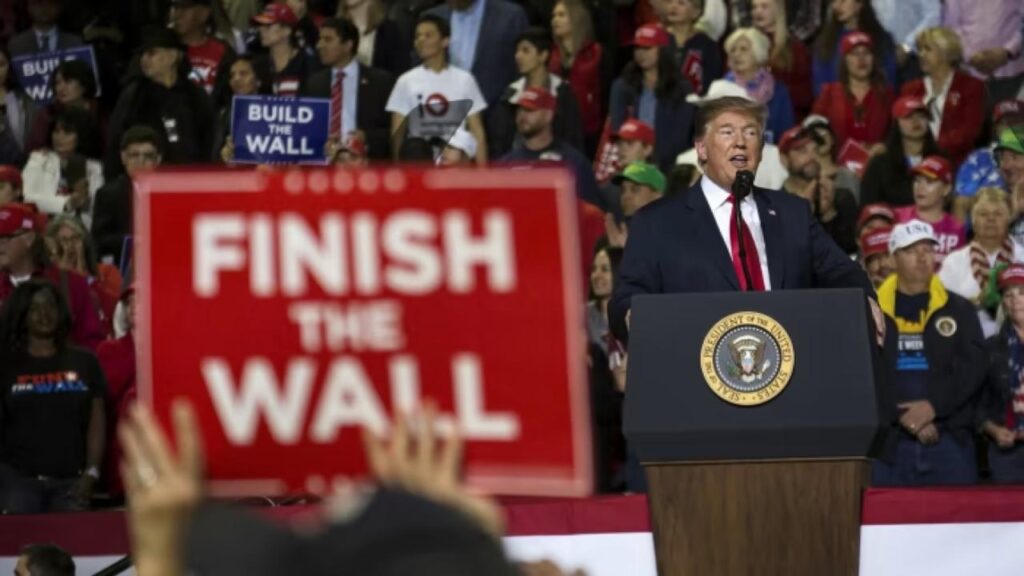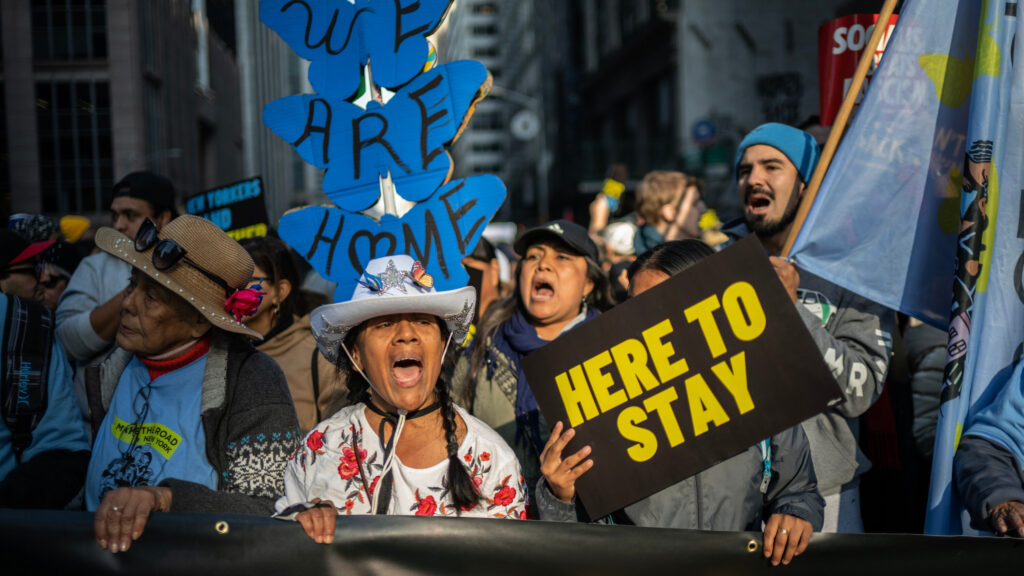Former President Donald Trump has launched what he calls the “single largest Mass Deportation Program in history,” zeroing in on Democratic strongholds like Los Angeles, New York, and Chicago. This bold pivot from rural enforcement to city raids marks a strategic and controversial shift in U.S. immigration policy.

Trump Unleashes ‘Biggest Mass Deportation Program Ever’
| Insight | Stat |
|---|---|
| Arrest target | 3,000 per day |
| Previous ICE average | ~650 arrests/day |
| Targeted locations | LA, NYC, Chicago |
Trump’s mass deportation strategy is ramping up—big time. By shifting its focus to America’s biggest cities, the program is not just about immigration anymore. It’s about politics, power, and who gets to define America. From my time covering immigration protests in 2018 and 2020, I can tell you this: The tension in city streets today feels eerily familiar—but also much sharper.
Why Trump Shifted to Cities
The White House claims the move is about “restoring order” in areas that allegedly shelter undocumented immigrants. Trump has accused Democratic-led cities of harboring migrants to “inflate voter rolls,” though he hasn’t provided evidence.
In reality, the shift seems to stem from two pressures: political posturing and economic blowback. After months of protests from farmers, hoteliers, and restaurant owners over labor shortages, ICE was quietly told to ease up in rural zones. Enforcement instead moved into urban neighborhoods where, politically, the optics cut deeper. “They came at 6 a.m. with helmets and rifles. My neighbor’s kids were screaming,” said Maria Gomez, a legal resident in East L.A. “It felt like a war zone.”
On-the-Ground Reactions
In Los Angeles, protests erupted almost immediately. The deployment of National Guard troops and even Marines shocked residents, especially when tear gas and rubber bullets were used to disperse crowds.
Karen Bass, L.A.’s mayor, condemned the raids: “This is not law enforcement. This is state-sponsored fear.”
Cities across the country followed suit. From Boston to Seattle, thousands have taken to the streets, demanding an end to what many call “militarized immigration raids.”
Strategic and Legal Fallout
The legality of Trump’s tactics is under fire. His use of wartime laws like the Alien Enemies Act to fast-track deportations has drawn fierce backlash from legal scholars.
ICE has also been accused of skipping due process, detaining individuals without court warrants. Civil rights groups are already filing lawsuits challenging the raids’ constitutionality.

Meanwhile, Trump’s broader deportation infrastructure—including contracts with foreign prisons like El Salvador’s CECOT supermax—raises serious ethical and diplomatic questions.
“We’re seeing the erosion of civil liberties in real-time,” said ACLU attorney Priya Desai. “Even lawful immigrants are being detained just for having similar last names.”
Economic and Political Implications
Many local industries are in turmoil. Construction and hospitality sectors are especially hard-hit as labor shortages deepen.
Ironically, some city police departments refuse to cooperate. Sanctuary policies in places like San Francisco and Chicago remain intact, setting up a looming battle between federal and municipal authorities.
What Happens Next
Lawsuits and state-level pushback are piling up. Congressional Democrats are calling for emergency hearings, while Republicans argue the raids are overdue.
This escalation also sets the stage for the 2026 midterms, with immigration now back at the heart of America’s political divide.
FAQs
What is Trump’s Mass Deportation Program?
It is a federal initiative aiming to detain and deport undocumented immigrants at an unprecedented scale, now with a focus on large, Democrat-led cities.
Is this legal?
Experts say the legality is questionable, especially due to potential violations of due process and civil rights.
Why are cities being targeted?
Officially, for public safety. Critics say it’s political retaliation against sanctuary cities and a distraction from failing rural enforcement.






